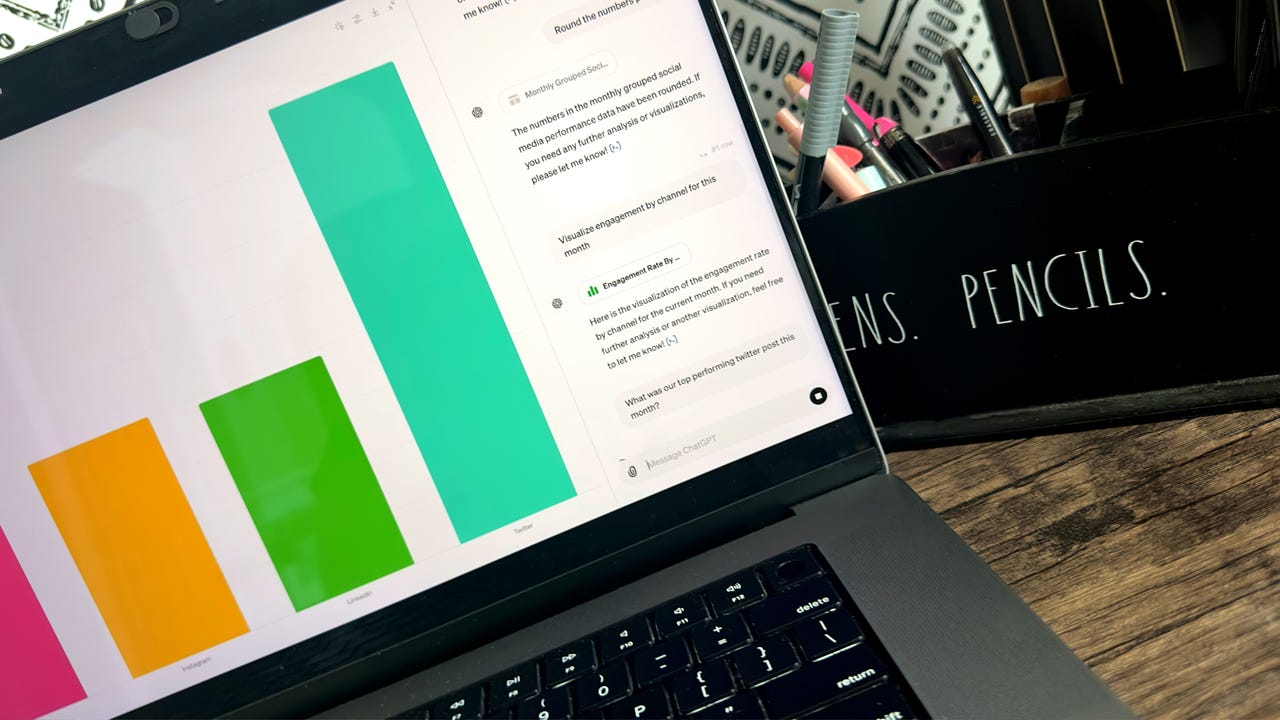
A new version of ChatGPT just led OpenAI to its biggest revenue spike ever.
Last week, OpenAI debuted its newest large language model, GPT-4o. The new model brought a number of improvements, including faster performance, multimodal capabilities across text, voice, and vision, a new voice mode, the ability to upload screenshots and documents for insight, and more.
Also: I put GPT-4o through my coding tests and it aced them – except for one weird result
GPT-4o is a significant improvement over its predecessor, and arguably the biggest leap in improvement from one OpenAI model to the next ever.
Surprisingly, the company made the model available on its free subscription tier, but with a catch — it wasn’t available for free on mobile. Instead, mobile users would have to upgrade to ChatGPT Plus to take GPT-4o for a test drive.
According to numbers from AppFigures, that plan worked.
On the day of GPT-4o’s release, ChatGPT’s mobile revenue rose 22%, the most revenue for the app ever in a single day. That was only the start.
Also: The best AI chatbots: ChatGPT and alternatives
By Tuesday, AppFigures said, the daily revenue for the app was twice the average day in May — from around $491,000 a day to almost $900,000 a day. Those numbers are after OpenAI pays its revenue shares to the Google Play Store and Apple’s App Store.
The week after the newest language model rolled out, OpenAI saw a total of $4.2 million in app revenue, most of that from the App Store.
What’s driving people to pay for GPT-4o when it’s available for free?
Voice input is likely one of the biggest factors, as OpenAI has limited that to the app version of ChatGPT. On the desktop version, users can only communicate with the AI through text, meaning they miss out on some key new integration.
Accessing chat history offline is another key advantage, as is the faster response time and better integration for the mobile version.
Also: How to use ChatGPT (and how to access GPT-4o)
It’s also entirely possible, as AppFigures poses, that OpenAI makes more money from its website than its app, which is why it’s driving users there instead.
No matter the reason, the last week for OpenAI shows that not only are consumers extremely interested in the latest developments in AI, they’re also willing to pay to be among the first to get access.

